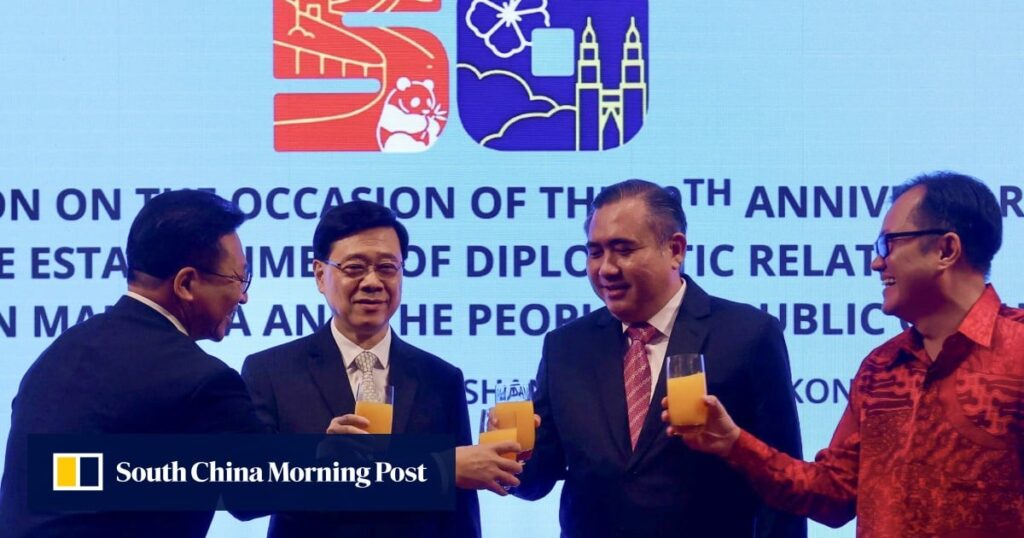China has heavily invested in Southeast Asia’s infrastructure, particularly in Malaysia under the Belt and Road Initiative. One significant project, the East Coast Rail Link in Peninsular Malaysia, led by Minister Loke, is set to be completed in 2027 with an estimated cost of 50 billion ringgit (US$10.6 billion), providing both freight and passenger services.
However, Malaysia’s relationship with China has faced challenges in the past. Several Belt and Road projects were halted or left in uncertainty following the removal of former Prime Minister Najib Razak in 2018. The Forest City mega-project in southern Johor state, which once stood as a flagship Belt and Road project, remains largely vacant, causing embarrassment to Malaysian governments.
Minister Loke believes that Malaysia has restored political stability under Prime Minister Anwar Ibrahim, who came into power in 2022 after uniting various political factions. Despite this, concerns linger about potential conflicts within the ruling coalition affecting Anwar’s economic and social agenda.
The country’s previous political instability led to the suspension of a high-speed rail link with Singapore, now being revived by Anwar’s government. Loke highlighted the growing international investor confidence in Malaysia, with major companies like Microsoft and Tesla announcing significant investments in the country.
Although ethnic tensions pose a risk to Malaysia’s political stability, Loke emphasized the government’s efforts to garner support from all ethnic groups. The government aims to foster a diverse and inclusive leadership that represents various communities in Malaysia.
Expanding partnerships with entities like Hong Kong’s MTR Corporation, Malaysia seeks to adopt a ‘rail plus property development’ model to optimize property values near railway stations. Loke also emphasized the enhanced connectivity between Malaysia and China, focusing not only on major cities but also on secondary cities in the two countries.
Moreover, the relaxation of visa policies for Chinese visitors has led to a surge in Chinese tourists visiting Malaysia. Loke pointed out the similarities between the Johor-Singapore special economic zone and the Greater Bay Area, highlighting the potential for integrating economies in the region.
In conclusion, Malaysia’s collaboration with China under the Belt and Road Initiative continues to evolve, with a focus on sustainable development and enhanced connectivity between the two nations.
